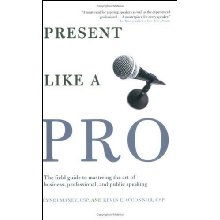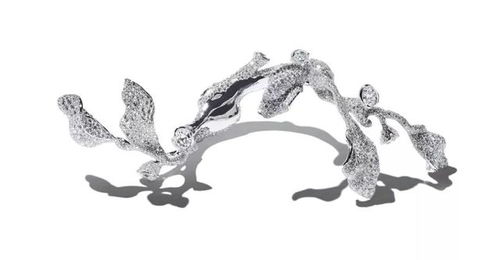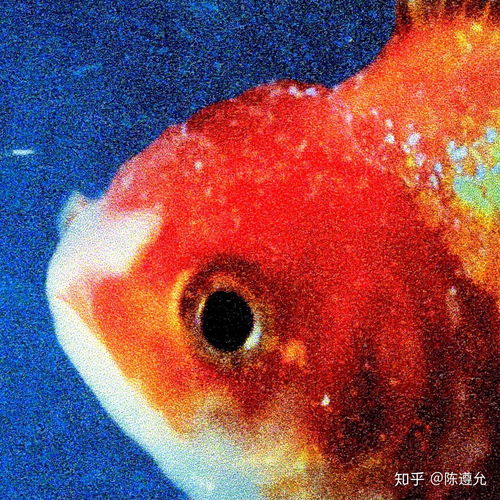Introduction:
Fishing with a floating bob, also known as a float or bobber, is a popular and effective method for catching fish in both freshwater and saltwater environments. Whether you're a complete beginner or looking to improve your skills, learning the right techniques can make all the difference in your fishing success. In this article, we'll explore the basics of floating bob fishing and provide you with essential tips to help you become a proficient angler.
Understanding the Floating Bob:
The floating bob is a device that sits on the water's surface and helps you detect when a fish is biting. It works by floating on the water and moving up or down depending on the movement of the bait or lure. As a beginner, it's important to understand the different types of floating bobs available and how they work.
- Bubble Bobbers: These are lightweight and are great for still waters or when you want to detect very subtle bites.
- Sliding Bobbers: These move up and down on a sliding device, allowing for more precise adjustments to the depth of the bait.
- Sinker Bobbers: These combine the bobber with a weight, making them suitable for deeper waters or when you need to fish heavier baits.
Setting Up Your Equipment:
Before you start fishing, ensure you have the following equipment:
- Rod and Reel: Choose a rod and reel that are appropriate for the type of fishing you'll be doing. For floating bob fishing, a light to medium-action rod is usually sufficient.
- Line: Use a monofilament line that is appropriate for the fish you're targeting and the conditions you're fishing in.
- Hook and Bait: Select a hook that is the right size for the bait you plan to use, and make sure you have enough bait to last throughout your fishing trip.
- Floating Bobber: Choose a bobber that is suitable for the depth you want to fish at.
- Sinkers: If you're using sinkers, make sure they are the right weight for the conditions you're fishing in.
Choosing the Right Bait:
The type of bait you use can greatly affect your success in floating bob fishing. Here are some popular options:
- Live Bait: Worms, crickets, and minnows are all effective live baits that fish can't resist.
- Artificial Lures: Soft plastics, spinners, and jigs can be used to mimic the movement of natural prey.
- Commercial Baits: Pre-made baits like PowerBait or corn can be a great way to attract fish without the need for live bait.
The Basics of Casting:
Casting is a fundamental skill in fishing. Here's how to do it:

- Hold the Rod: Grip the rod with your dominant hand and let the line hang down to the ground.
- Backcast: Lift the rod back, then stop and let the line straighten out.
- Forward Cast: Bring the rod forward and let the line fly out. Keep your wrist firm and the rod slightly bent during the cast.
- Land the Bait: As the bait lands in the water, let it sink to the desired depth before you start reeling in.
Fishing Techniques:
- Trolling: Move your boat slowly while keeping the bait at a constant depth using the sliding bobber.
- Still Fishing: Cast your line out and wait for the bobber to move. When it does, gently reel in and set the hook.
- Jigging: Move the bobber up and down in the water column to attract fish.
Reading the Bobber:
The bobber is your main indicator of a fish bite. Here's how to read it:
- Sudden Movement: If the bobber moves suddenly, it could indicate a fish has taken the bait.
- Subtle Movement: Sometimes, a fish may take the bait without a dramatic movement. Pay attention to any subtle changes in the bobber's position.
- No Movement: If the bobber remains still for an extended period, it might be time to change your bait or location.
Safety Tips:
- Check Your Knots: Make sure your knots are secure to prevent your line from snapping.
- Use Sun Protection: Wear sunscreen and a hat to protect yourself from the sun's rays.
- Stay Hydrated: Drink plenty of water to stay hydrated, especially on hot days.
- Respect Nature: Always follow Leave No Trace principles to protect the environment.
Conclusion:
Floating bob fishing is a rewarding and enjoyable activity that can be mastered with practice and patience. By understanding the basics of your equipment, choosing the right bait, mastering casting techniques, and learning to read your bobber, you'll be well on your way to becoming a skilled angler. Remember to always practice safety and respect the natural environment. Happy fishing!












